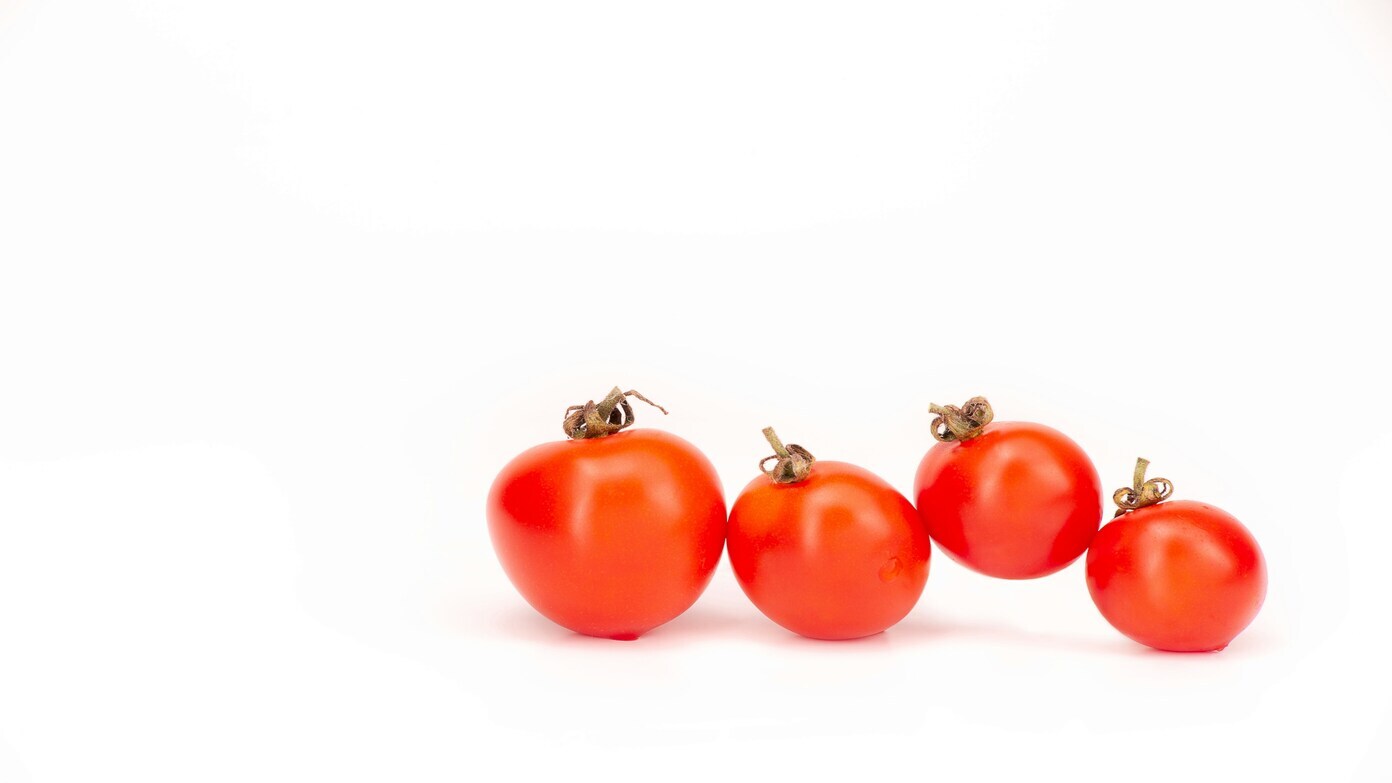If you enjoy tomatoes on your sandwiches, salads, or in your sauces, you’re in for some bad news. Starting July 14, the U.S. may see a drastic tomato price hike. Why? Because a decade-long free-trade agreement between the U.S. and Mexico is set to be renewed, it might affect nearly every fresh tomato you buy.
The trade deal that’s kept prices low
Since 1996, the United States and Mexico have been operating on a “Suspension Agreement” for fresh tomatoes. The agreement suspended the tariffs on Mexican tomatoes entering the nation, which allowed U.S. consumers to enjoy tomatoes at lower prices. But now, the agreement expires on July 14. Otherwise, new tariffs are levied, and they are not small.
What happens when the agreement expires?
Once the Suspension Agreement expires, almost all new Mexican tomato imports will be subject to a 20.91% tariff. That’s a huge cost increase, and with Mexico supplying an incredible 93% of US-imported tomatoes, there’s no simple substitute to fill the gap.
How much will prices go up?
Tests vary, but business insiders are warning that prices can increase anywhere from 7% to 50%. One study estimates that you might be paying 8 extra cents per pound for tomatoes. That doesn’t sound like much at first, but over time—and in all the ways tomatoes are used—it adds up fast.
What does this mean for you at the grocery store
As a regular shopper, you’ll likely feel this change soon. Fresh tomatoes may cost more per pound. But it doesn’t stop there. Since tomatoes are a key ingredient in ketchup, salsa, pasta sauce, and many canned products, those items might also see a bump in price. Even your favorite jar of marinara could become a little more expensive.
Read this much later: MARS refuses to follow major initiative from RFK Jr’s Make America Healthy Again
Major chain’s anti-theft policy backfires: glass-encased aisles sents shoppers running
Restaurants could pass the costs to you
It’s not just groceries. If dining out is your habit, especially at restaurants that use fresh tomatoes—like pizzerias, burger joints, and Mexican restaurants—be prepared to possibly pay more there, too. Restaurants will need to pass along added expenses from suppliers.
Supply shortages might exacerbate
Here’s another thing: Mexican tomato growers are already responding to the threatened tariffs by reducing planting. They’re worried about the reduced demand in the U.S. once tariffs kick in. That means fewer tomatoes planted, which will result in shortages and even more expensive prices down the line.
In brief: Stock up or tweak your recipes
Whether you’re a home chef or simply someone who enjoys putting a slice of tomato on your burger, this change can pinch your wallet. As the deadline of July 14 approaches, you might do well to keep an eye on your tomato prices and buy ahead a little now, or maybe look for some substitute ingredients until the market adjusts.

